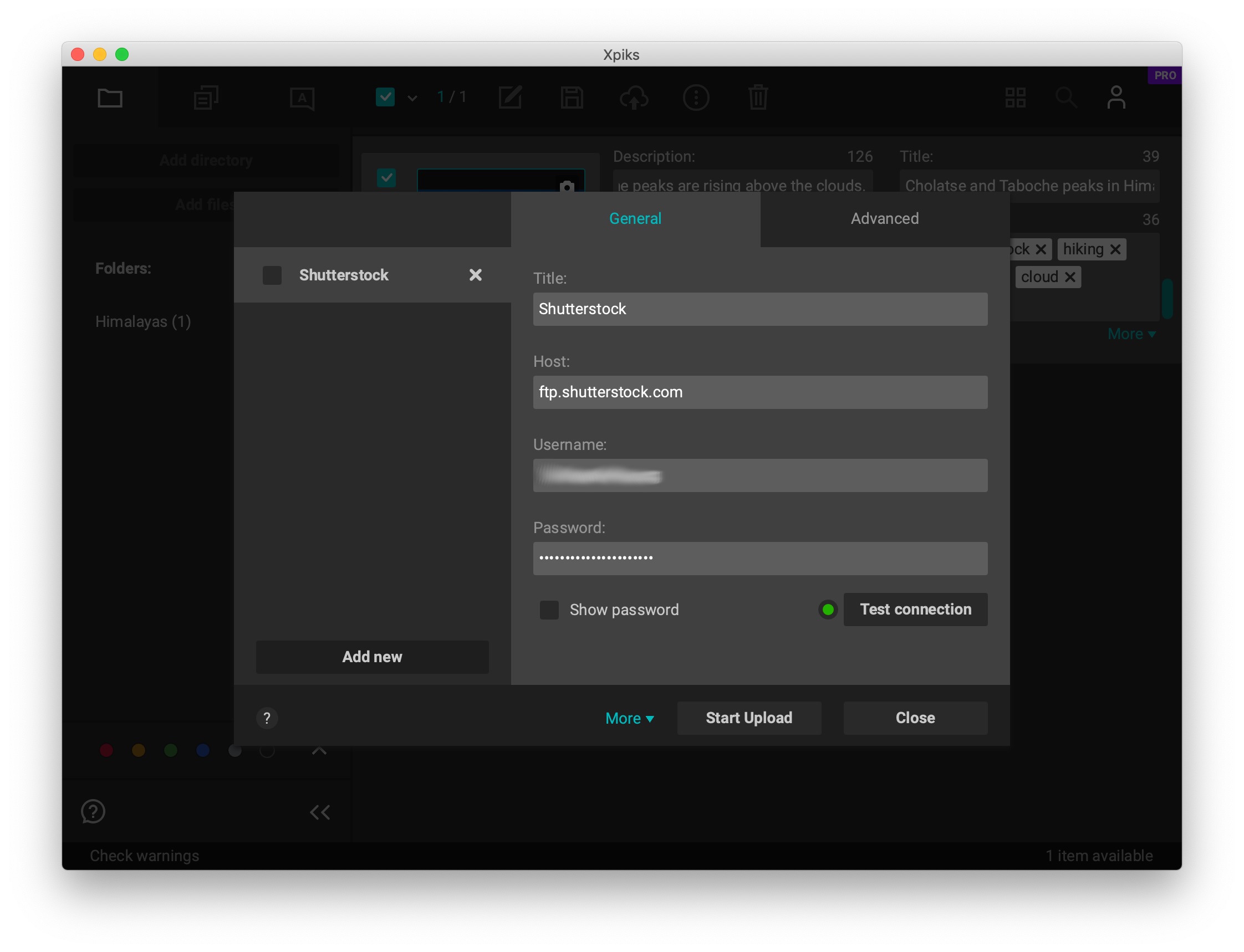

Be as specific as possible and try to use all 200 characters. Answer the main questions of who, what, where, when and Why. Make your titles as accurate and descriptive as you can. The description, which allows you to have 200 characters and then keywords, where you can add 50 in total. There are two main factors for getting your images discovered. This is essentially how customers find your images, so integral to get them right when uploading. Your success on Shutterstock is dependant on two things, high-quality images and keywords. However, if you have images on your hard drive that you think would be newsworthy, then I wouldn’t rule our editorial stock either. Which is Best?Īs a general rule, images available for commercial use will tend to sell better because they can be used for a wider range of projects, so I personally think that would be a good place to start. Instead, they should represent a true depiction of what you’re capturing. These types of images don’t require a release form which is great, but something to watch out for is, they can’t be heavily edited. For example, this could include protests, new stories, events. The objective of editorial photography is to tell a story, so these could be things that are deemed newsworthy or of public interest. These types of images should be more polished when it comes to uploading. Your images shouldn’t include any identifiable logos or branding. This means that every model or property needs to have the appropriate release forms. The goal of commercial photography is to sell or advertise a product, service or brand. When it comes to selling your stock photography, you need to decide if your images will be licensed for commercial use or editorial. Both serve a different purpose and have their own pros and cons. #2 The Difference Between Commercial and Editorial Images


 0 kommentar(er)
0 kommentar(er)
